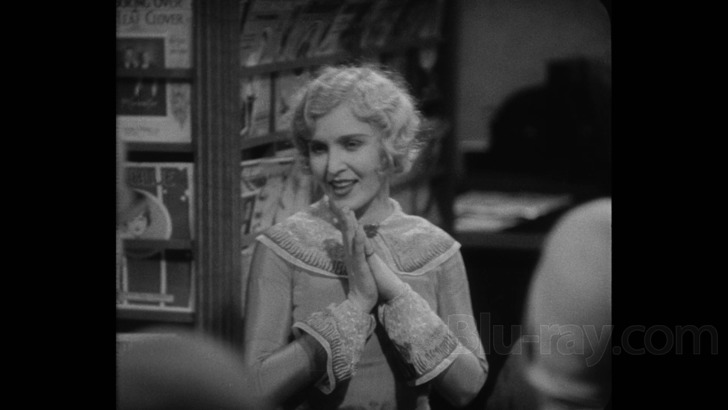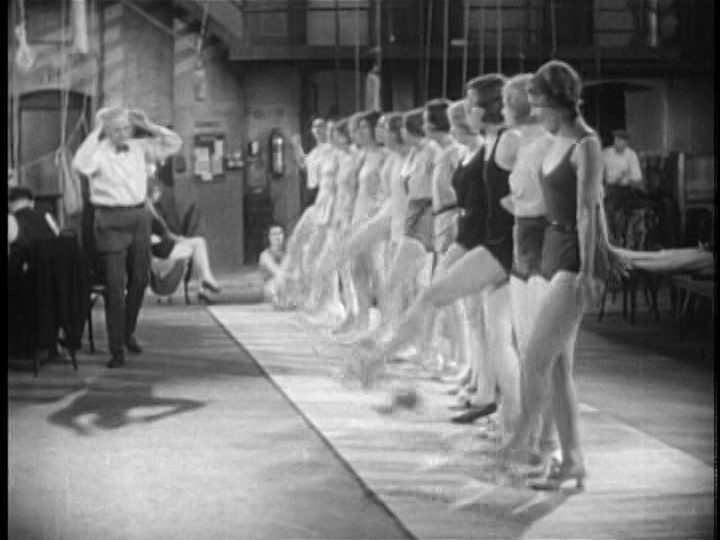Desde os primórdios do cinema, Shakespeare parece ser uma fonte inesgotável de histórias para serem filmadas. E não houve melhor ator para interpretar Shakespeare que Laurence Olivier. Ver a primeira vez em que ele interpretou Shakespeare num filme é como embarcar em uma máquina do tempo e poder ter um vislumbre de todo o talento e potencial – e beleza! - que ele tinha aos 29 anos. Este primeiro filme Shakespeareano é “Como Gosteis” (1936).
Since the dawn of cinema, Shakespeare seems to be a never-ending source for stories to be filmed. And there was no better actor to play Shakespeare than Laurence Olivier. Seeing the first time he played Shakespeare in a film is like embarking on a time machine and taking a glimpse of all the talent and potential - and handsomeness! - he had at age 29. This first Shakespearean flick is “As You Like It” (1936).
Our hero Orlando (Olivier) is an orphan who was put under the wings of his older brother and needs to wrestle for his freedom. Literally wrestle: he challenges Charles, the local strongman, in a wrestling match and wins. It’s in that match that he meets the cousins Celia (Sophie Stewart) and Rosalind (Elisabeth Bergner), and falls in love with the latter.
Things don’t go as expected and, running away from his brother’s rage, Orlando goes live in the forest with a group of men who have been banished from the kingdom, among them Rosalind’s father. More in love each day, Orlando writes poems and hangs them on trees, and carves the name “Rosalind” in the trees. One day, without her fancy dress, Rosalind presents herself to Orlando as a man, the only one who can make him forget this impossible love, and the two start a weird and constant flirt.
Laurence Olivier isn’t first billed in the film, this honor belongs to Elisabeth Bergner. Born in Austria-Hungary, in a territory that now is part of Ukraine, Bergner’s mother tongue was German and she did portray Rosalind on the German stage. Fleeing Germany when Hitler rose to power, she vowed to play Shakespeare again in England only when she had mastered the new language. Some critics say that her German accent was still strong in the film, but I disagree. Bergner had made her film debut in 1924 and by the time she made “As You Like It” she was already an Oscar-nominated performance and was, in this film, directed by her husband Paul Czinner. Curious tidbit: It was an episode of her life that inspired the short story that was the basis for the film “All About Eve” (1950).
David Lean worked as editor in this film. Born in 1908 - making him one year younger than Olivier - David Lean had been working as an editor since 1930, starting with newsreels. By the late 1930s Lean was already a well-known and praised editor. He co-directed his first film in 1942, and the rest is history.
IMDb says that one-third of the play was removed when adapted to the screen, but they chose to retain the theatrical epilogue. The text was kept as it was, full of “thy’s” and “thee’s”. The play is believed to have been written in 1599 and is described as a pastoral comedy. It was adapted to the screen by J.M. Barrie, who wrote “Peter Pan”. Considering that cross-dressing - or rather, a woman presenting as a man - is a main part of the plot, this film wouldn’t be made in the US under the Hays Code, and we’re glad this is a British film. Sometimes only the British - like Olivier - can do their homeboy Shakespeare justice, and even one of his lesser plays can become an enjoyable movie if made by the right hands.


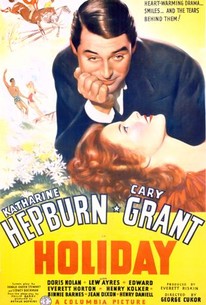


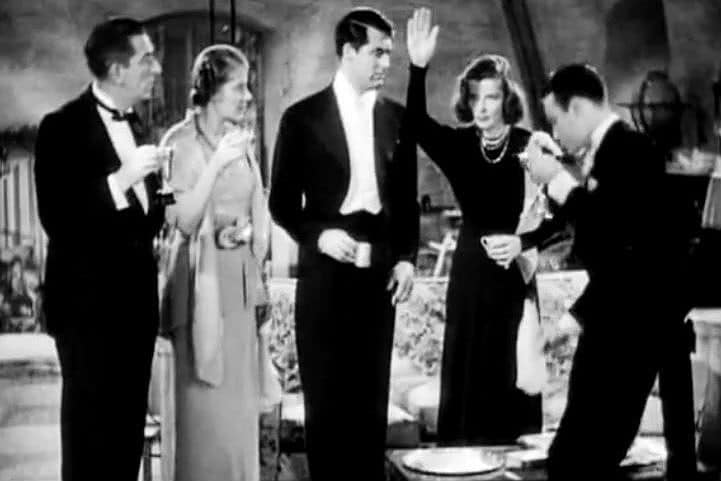


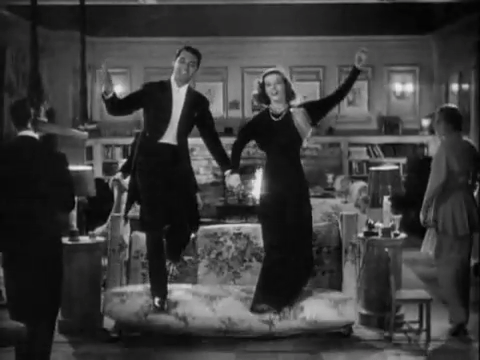

/media/movies/covers/2020/02/34802403_so.jpg)
